
Graphic Emergency / National women strike / 2016-2018. The National women's strike spread into the whole world. In 2016 the government was trying to pass a complete ban on abortion (reproductive rights are on the edge of collapsing in Poland). October 3rd hundreds of thousands of Poles went out to protest this pass, wearing all black and with umbrellas in their hands (it was a rainy day). The protest was called Black Protest and the black umbrella became its symbol. Umbrellas on the posters as well.
In the annals of graphic design history, Poland is a continuously flowing wellspring of avant gardes from before World War II through the subversive Polish poster movement subsequent to the imposition of Communist control during the Cold War. Political struggle has long fueled and catalyzed much of Poland’s historically visual innovations. A staggering number of artists and designers have routinely given design power in the fight for social justice and in opposition to nationalist populism and Poles’ repressive nativist agenda. Although leaning towards Russia and Hungary, Poland is still a democracy in which right and left battle it out in the public arena between election cycles. This pandemic year, reason came close to turning the tide as the liberal Warsaw Mayor Rafał Trzaskowski received 48.97 percent of the vote, very close to half the popular support yet nonetheless lost the presidential election against incumbent president Andrezj Duda who represents the ultra-nationalist Law & Justice or PiS party (with 51.03 percent).
A loss is a loss and Duda’s win means that PiS party rhetoric of hatred aimed at LGBT people, Jews and, of course, liberals who are accused of conspiring with foreigners to undermine Polish traditions, appeals to over half the population. The current vote makes PiS policies more threatening than ever.
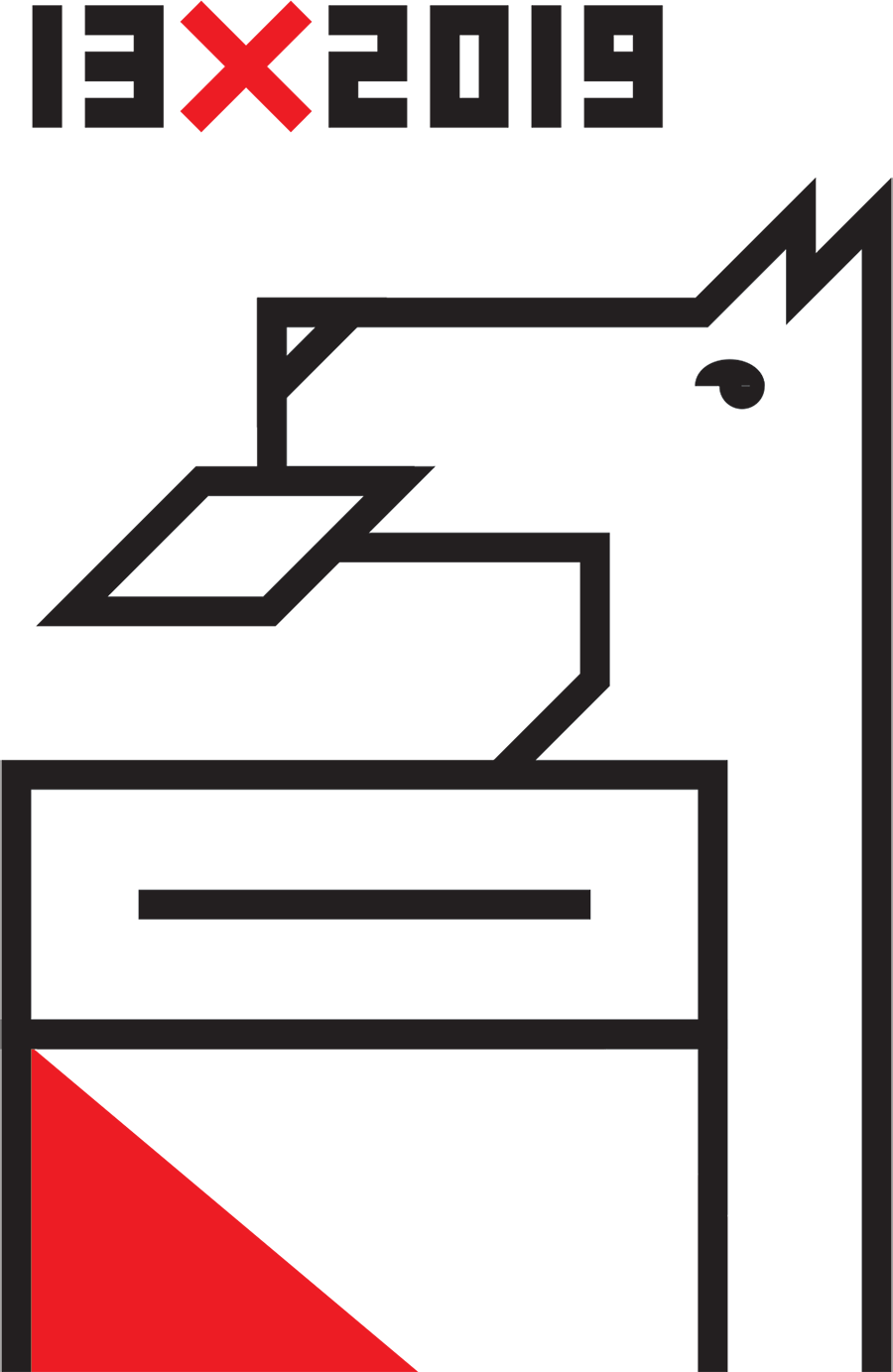
Grzegorz Myćka (Graphic Emegrency)
“Of course, we don’t know what will happen during the next [term] of President Andrzej Duda,” states Natalia Łajszczak, a Warsaw designer who teaches a class on Free Speech in the Internet at (Polish-Japanese Academy of Information Technologies, Warsaw), in an email. “But I have a strong suspicion that it will be worse than it was so far. The society will stay divided and more aggressive towards each other, and public television will surely heat up those emotions....[I]ssues like cooperation on the new green deal are now on hold (and this issue — as in many countries — is one of the major concerns for the younger generation). The government also tends to — from time to time — heat up issues like abortion ban, immigrants, or the “LGBT ideology”. I am also very much concerned that the present governments will give the foundation for further POLEXIT (Poland's exit from the EU), and it would be a total disaster.”

What do you think, Poland? / Poster made during Courts Protests, when the leading party wanted (and partly did it) to take over the courts by pushing through certain bills and disgusting some judges to the public. Michał Loba (Graphic Emegrency)
For many liberals, Monday, July 13, was “unreal.” The election campaign and its aftermath had mobilized the graphics of dissent in force. The defeat was not sweet. Among the most ubiquitous contra-memes was a graphic symbol, reminiscent of the Solidarity Movement, with the word Trza, first 4 letters of a name Trzaskowski; its triple entendre made a big impression because in ordinary workers’ and peasants’ language: It signifies deformed or “trzeba” and is an indication of necessity or should and must.
The xenophobic tone of PiS’s agenda is “a disaster,” asserts Ewa Satalecka, Head of New Media Art Department at PJAIT (the Polish Japanese Institute of Media and Technology), “there are moments I cannot believe it is real — like in dystopian movie, half of society believes in a fake news, demagogy, and just accept regular crimes which are reported by independent media.” (Sounds somewhat familiar to another democracy?)
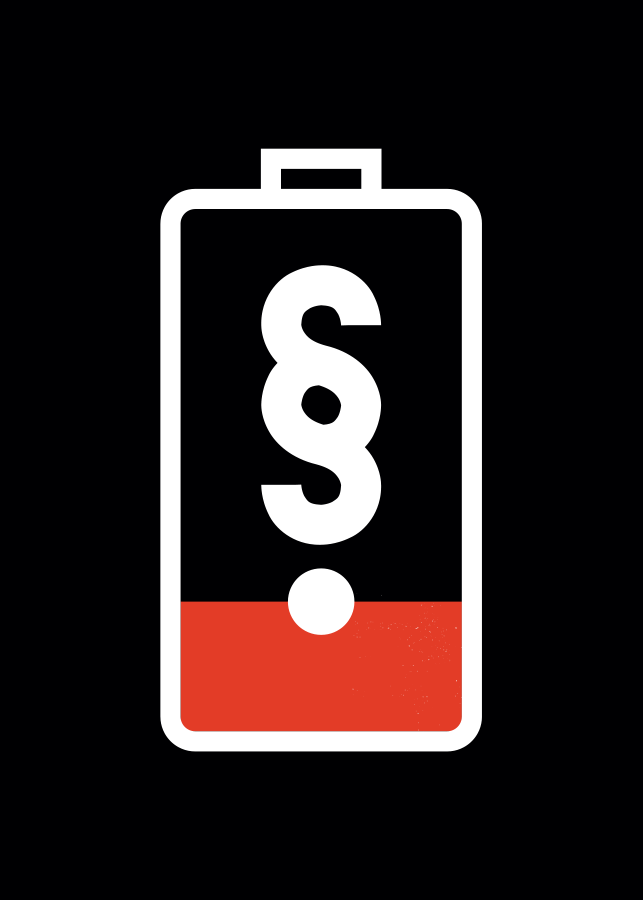
Patryk Marcinkowski (Graphic Emegrency)
As Natalia Łajszczak, a designer and graduate of PJAIT, who follows the current political scene, told me that prior to the disappointing results of the 2020 national election the most active initiative was Pogotowie Graficzne (Graphic Emergency), which is operating at full fore at this time. Graphic Emergency is a visual, nationwide, bottom-up initiative, founded by a graphic designer Martiszu in 2016 (one year after PiS won it first big election). Pogotowie Graficzne supports nationwide anti-government demonstrations including, Black protests by National Women's Strike (from 2016, 2018); Free Courts protests (2017 and 2018); The proactive “There is no vacation from democracy!”; Protests against the Judicial Act, and others. They are urging Duda to veto these laws. “The initiative brings together,” Łajszczak says, “designers and artists who want to fight for democracy and support others in that goal. If there is a big protest coming, they design posters (pro bono) which anyone can download, print, and bring on demonstration, or hang whenever they want: on windows, doors, coffee shops, etc.”
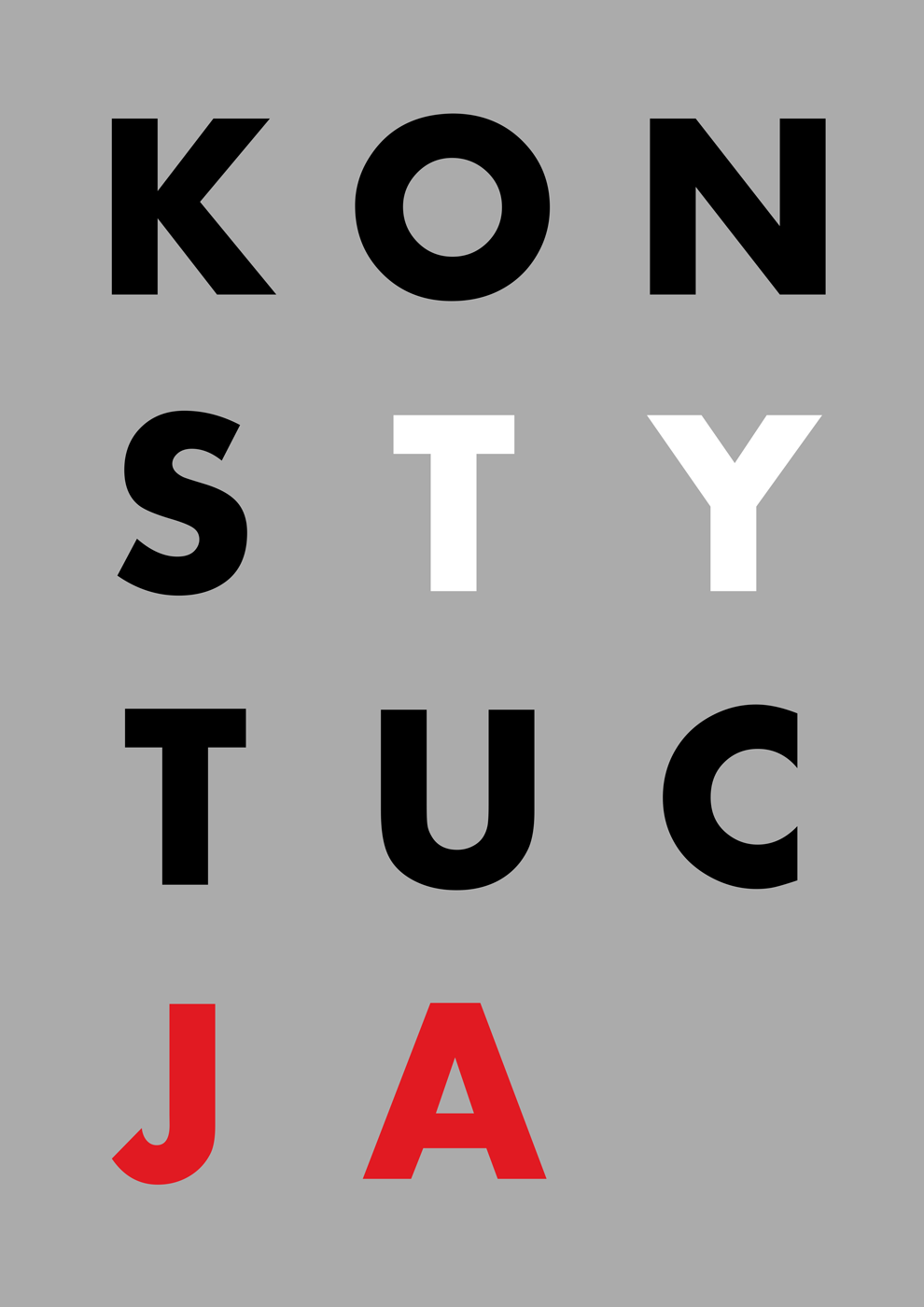
Constitution (it includes play with words, the polish constitution includes words: “me” and “you”). Luka Rayski (Illustrated Democracy)
Martiszu describes her motives like this: “I came up with Pogotowie Graficzne over coffee on Monday, September 26, 2016, browsing the morning press on the Internet. I was so pissed off with what was happening in politics back then that I decided to do something about it. I shared the idea with my friend (also a graphic designer). I wanted to organize action and invite graphic designers to support the demonstrations to be held next week (October 3, #Black Monday). My friend was the first person who expressed a willingness to participate in the action and make a poster. And there were two of us.”
Graphic Emergency exploded over the next few days. “Everyone was talking about it, sharing posters, printing posters, and bringing the posters on protest,” notes Łajszczak. After a week they had 1,200,000 “engagements” on Facebook. So far GE has published around 200 posters.

Graphic Emergency / Postcards for Teachers / 2019. Support for the general teachers' strike in 2019. Almost all teachers in the country were on strike for pay rises at the time. The idea came from famous polish writer Marcin Wicha, who engaged GE in creating supportive postcards for teachers, which anyone could send to or share with the teacher as the symbol of her/his support. At the same time public (government) TV was leading a negative campaign against teachers.
Almost simultaneously to GE another graphic initiative was born: Illustrated Democracy. “Lead by different people but with a similar aim: to contribute to civil society.” They created a series of posters on democracy and patriotism. As part of this initiative, a very popular poster was made: KONSTYTUCJA by Luka Rayski. “It is kinda interesting that those two didn’t know about each other at the time, yet felt a similar need to act,” she says.
Other election-based graphics included posters by well know Polish artists that supported Rafal Trazkowski, including Gregorz Rosinski who creates a popular comics series "Thorgal."
Wilhelm Sasnal painted a mural in Katowice. That the mural was destroyed just a few hours after it was painted is “a perfect proof of the incredible amount of tension that came with the presidential election,” Łajszczak adds. Sasnal’s art (in form of poster) is also available (for free download) on the official Trzaskowski’s website.
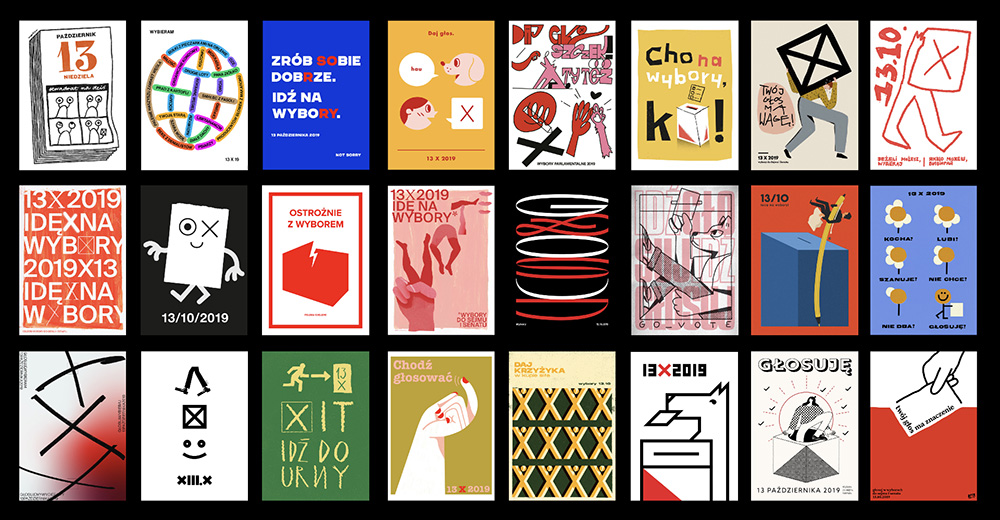
Graphic Emergency / Pro - voting initiative / 2019
This was to support parliamentary elections in 2019 and was an attempt to promote voting among people (mostly among youngsters and those who don’t care about politics).
Just before elections, during so-called “election silence” (one day before elections when political agitation is prohibited), the introduction and popularity, especially among younger people, of The Eight Stars Movement (Ruch Ośmiu Gwiazd). It is a Polish Facebook fanpage which takes a jab at the Law and Justice party. The symbol of that Movement is "***** ***" which stands for the censored phrase "jebać PiS”, which means: "fuck Law and Justice" (“fuck PIS”). A strong symbol to emerge from the contentious campaign was devised as a emblem made of eight stars as though something was censored. Known as the '8 stars movement’, it underscores a sarcastic play on Duda’s nickname — „Długopis” ('a Pen') — because he signs a lot of laws that are bad. For instance he granted amnesty for a pedophile and a decree that worsened the situation of workers due to Coronavirus. This symbol is just one of many examples that Łajszczak asserts, Poland is a nation “a very rich and extensive tradition of linguistic and visual allusions.”
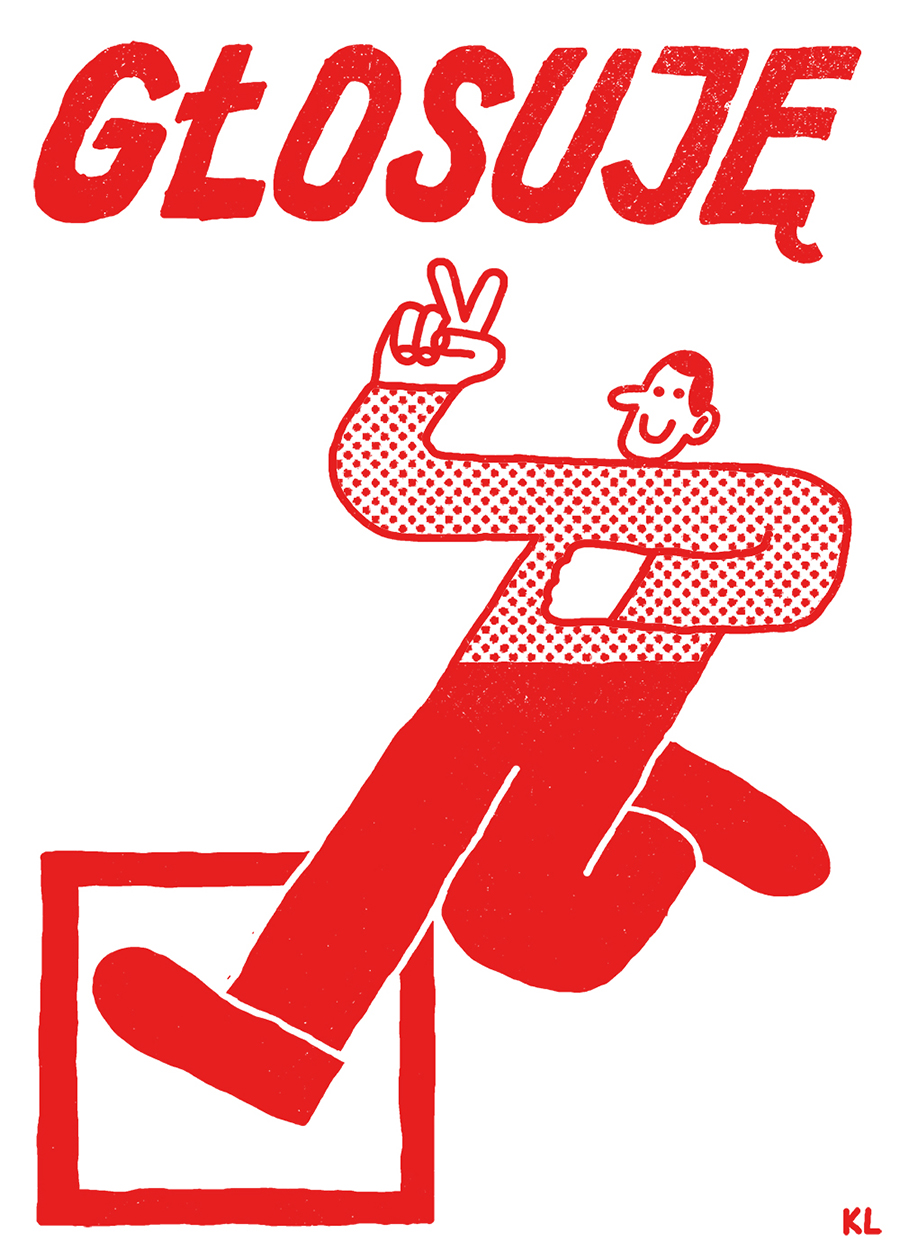
I vote. Kamil Lach (Graphic Emegrency)
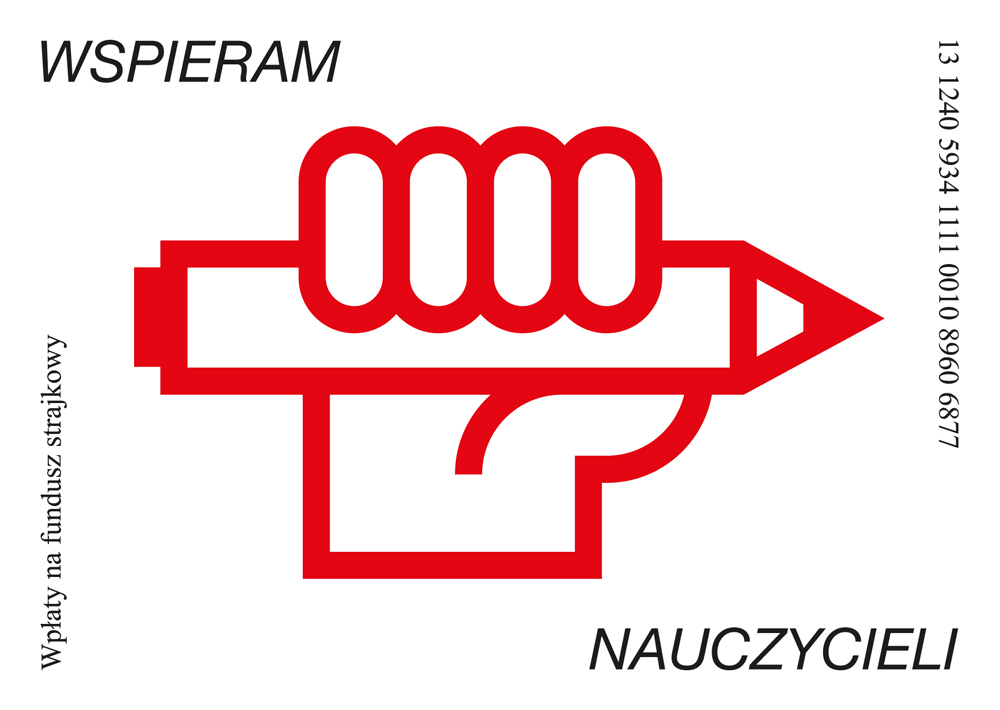
Support Teachers. Jacek Rudzki (Graphic Emegrency)
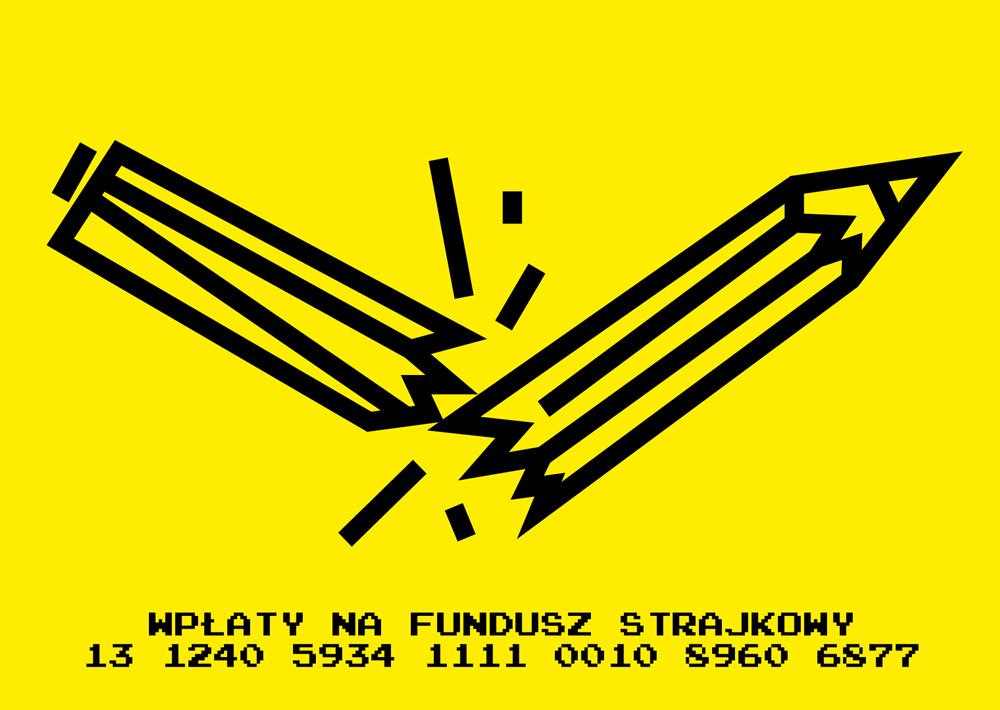
Support Teachers. Jacek Rudzki (Graphic Emegrency)
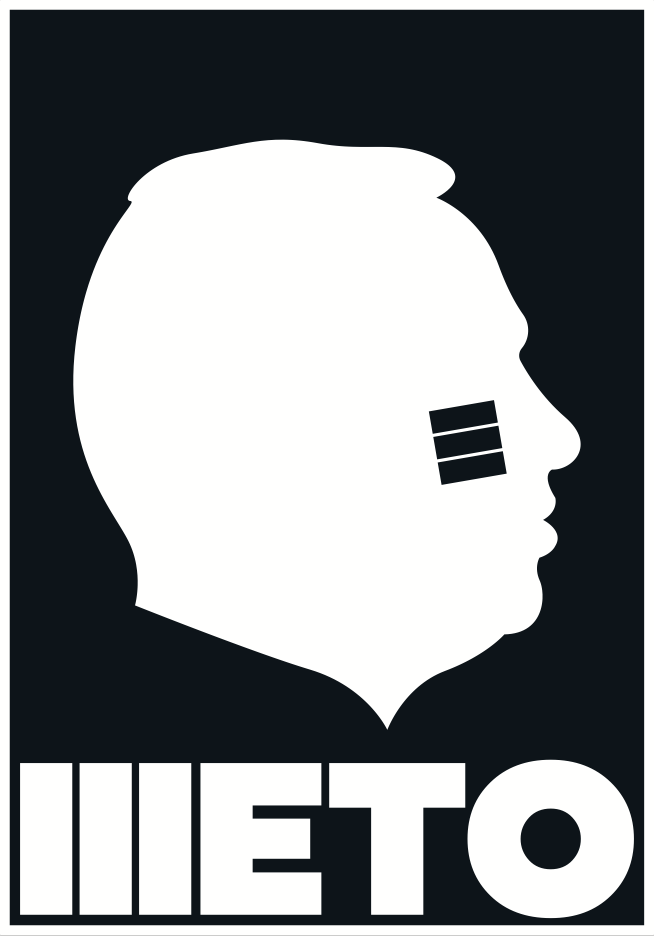
Ola Jasionowska for Polish Women on Strike

